Water is one of the three starter Pokémon types in the games. Most of the time, it is the most balanced option among the three in terms of offense and defense, with the Fire-type focusing more on offense and the Grass-type being more inclined to health regeneration.
With over 146 Water-types available so far, which make up 16 percent of all Pokémon, Water is the most common among all 18 types. There are a lot of Pokémon that can be found in various marine areas and environments in the games. And most of these Water-types have another type, making the biodiversity of marine creatures rampant in the franchise.
But despite its popularity, the Water-type is not exempt from having weaknesses. Though there is no Pokémon type immune to it, two types, namely the Grass-type and Electric-type, are its weaknesses. This means that the moves coming from these types become super effective to the Water-type, dealing twice as much damage to Blastoise and crew.
Here are all the weaknesses of the Water-type in Pokémon.
Water weakness: Grass-type
All the starter Pokémon types have a weakness belonging to these three. The Grass-type is weak against the Fire-type, the Fire-type is weak against the Water-type, and the Water-type is weak against the Grass-type.
Just like with the Ground-type, a Water-type trainer facing a Grass-type opponent already puts the adversary at an advantage. So if you face an opponent using a dual Water/Ground-type Pokémon, such as Swampert, Quagsire, Whiscash, or Seismitoad, putting out the likes of Venusaur, Meganium, Sceptile, and other Grass-types is the best thing to do.
Grass-type moves are known to highlight health regeneration and inflicting status conditions like poison and paralysis. But some Grass-type moves can also deal massive damage, such as Solar Beam with 120, Solar Blade with 125, Seed Flare with 120, and Frenzy Plant with 150. These damages can even be more powerful if used against a Water-type, so learning these moves could easily produce Pokémon that can knock out the marine creatures in the game.
Water weakness: Electric-type
Water is a conductor of electricity. And in Pokémon, Electric-type users can take advantage of this to be a more offensive threat to the Water-type.
Electric-type moves are more focused on the offensive end, with moves like Volt Tackle, Bolt Strike, and Zap Cannon dealing over 100 damage. Some can also paralyze, like Thunder Shock and Thunder Wave. Using these moves on a Water-type can be dangerous, so finding an Electric-type before going up against the Water-type gym leader is beneficial.
Somehow, the only downside of the Electric-type is that only 62 Pokémon belonging to this type are available. This makes up only 6.79 percent of all Pokémon. Looking for a Grass-type can be a better choice in terms of commonality in the game if you want to deal with Water-types since it comprises of 12.27 percent of the Pokémon population. But if you are eager to bolster your party’s offensive firepower, then catching and owning an Electric-type could suffice.


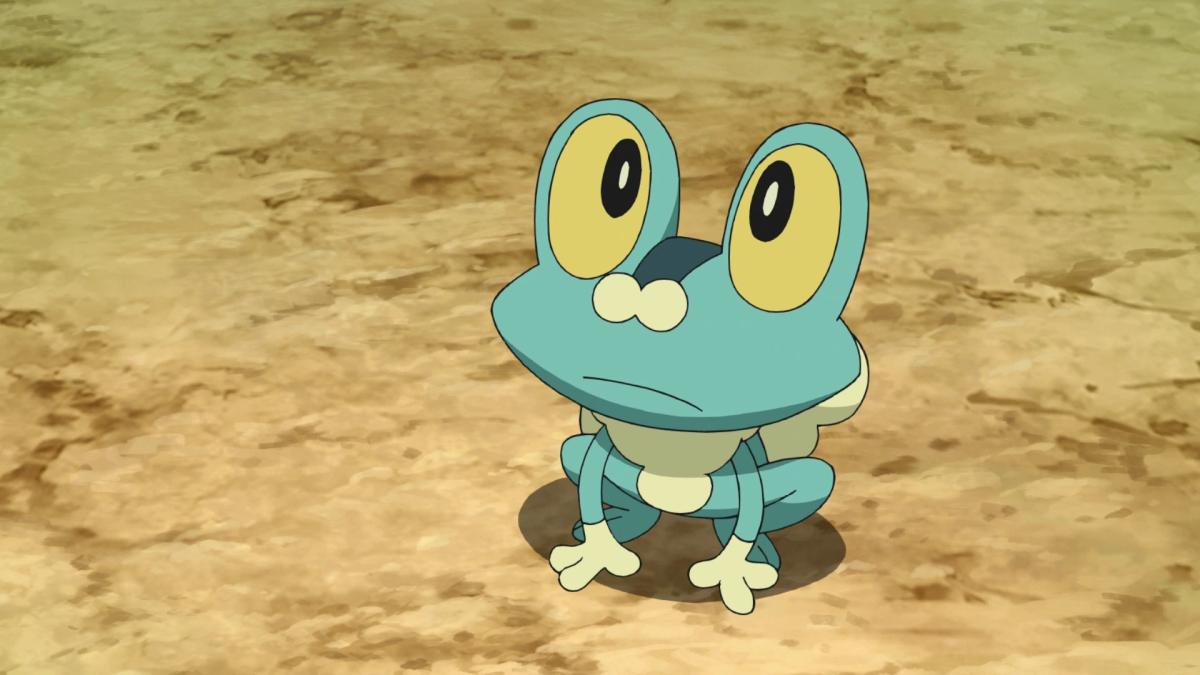
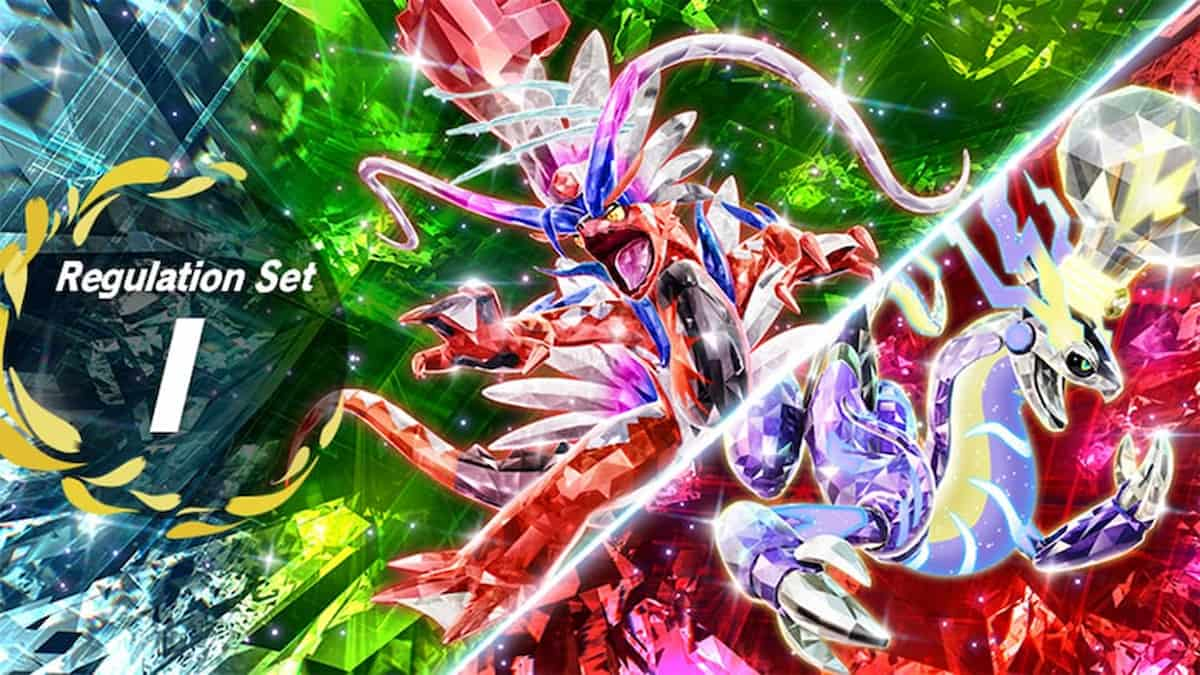

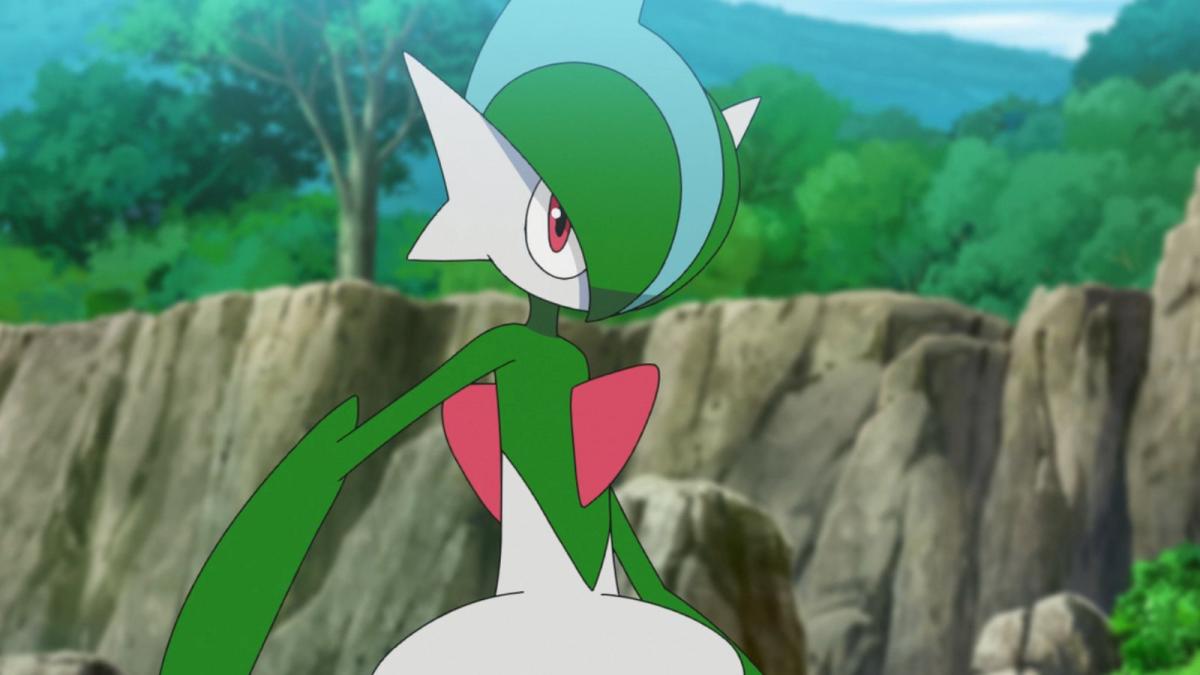

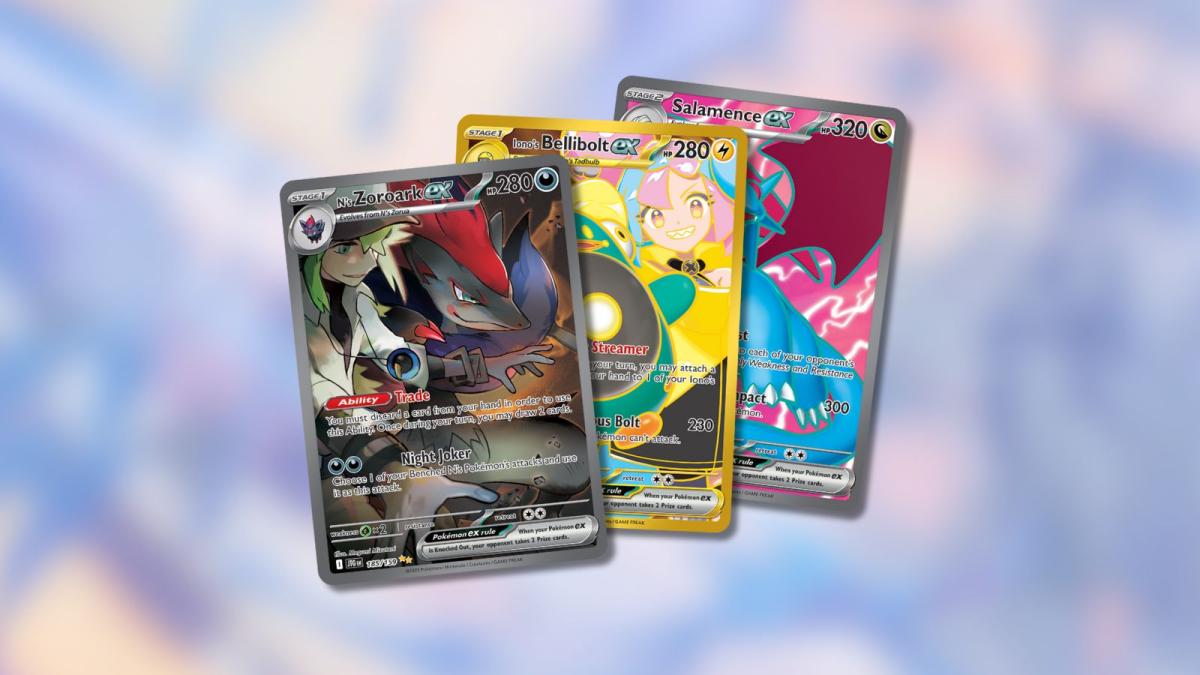
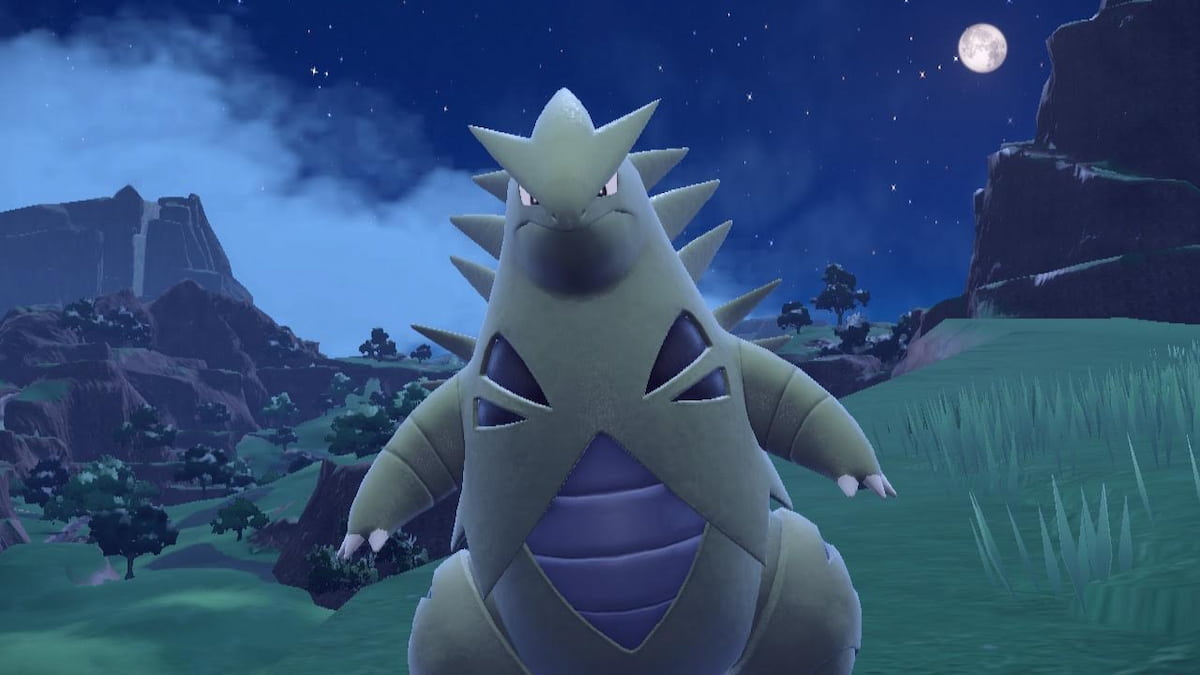
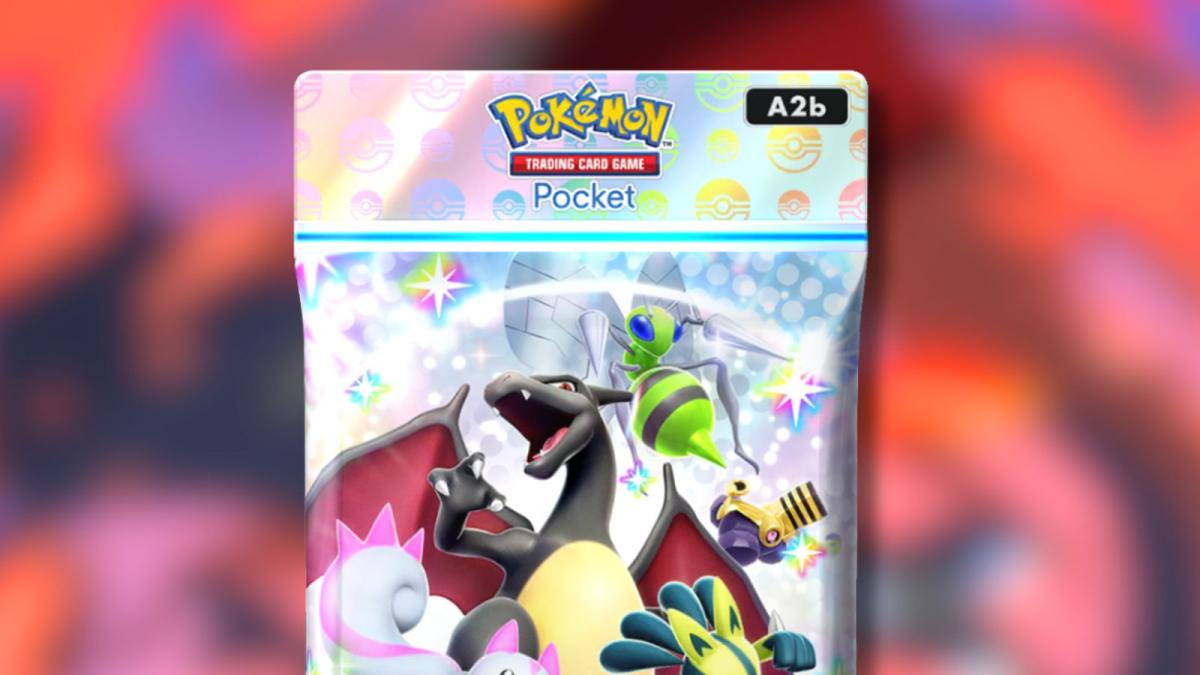
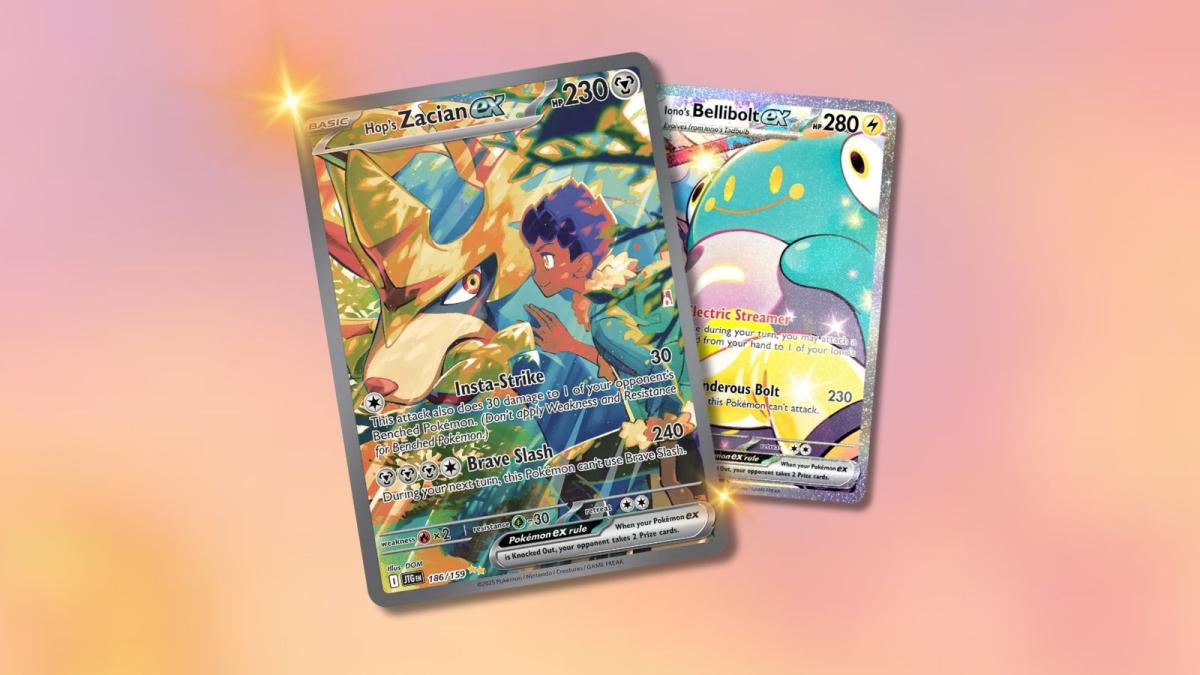
Published: Jul 11, 2022 11:56 am